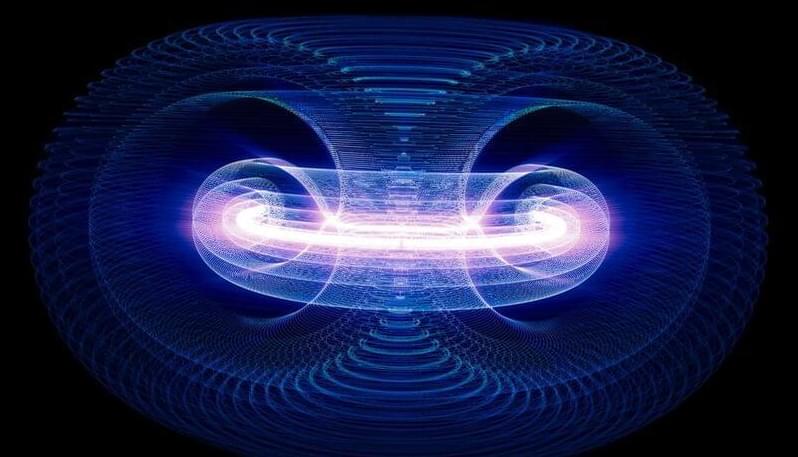May 1, 2024
Fusion in Space: New Plasma Thruster Tested Successfully
Posted by Dan Breeden in categories: nuclear energy, space travel
Try Opera browser FOR FREE here https://opr.as/eiiu-sabine-hossenfelder Last week I saw a lot of headlines about a space propulsion system that uses nuclear fusion. The news comes from a company by name RocketStar Inc. which announced in a press release that they have “reinvented” spacecraft by releasing the “world’s first fusion-enhanced space thruster, the FireStar™ Fusion Drive. They claim that the FireStar TM Fusion Drive improves their water powered pulsed plasma thruster by harnessing aneutronic nuclear fusion by 50%. In this video I explain what this all means. 🤓 Check out my new quiz app ➜ http://quizwithit.com/ 💌 Support me on Donorbox ➜ https://donorbox.org/swtg 📝 Transcripts and written news on Substack ➜ https://sciencewtg.substack.com/ 👉 Transcript with links to references on Patreon ➜ / sabine 📩 Free weekly science newsletter ➜ https://sabinehossenfelder.com/newsle… Audio only podcast ➜ https://open.spotify.com/show/0MkNfXl… 🔗 Join this channel to get access to perks ➜
/ @sabinehossenfelder 🖼️ On instagram ➜
/ sciencewtg #science #sciencenews #technews #technews #space #nuclear


















